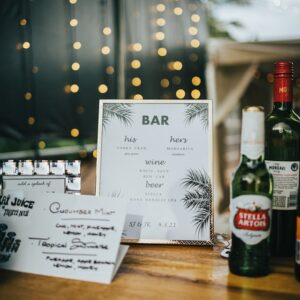Injection molding produces the most common type of plastic parts used worldwide. Lego bricks are the most recognizable example of injection molded parts. The process involves a high capital investment for the steel or aluminum mold needed to produce a single injection molded part. Learn how to reduce injection molded costs through design and tooling considerations.
The Process
The injection molding process involves the high-pressure injection of the raw material into a mold that shapes the polymer into the desired form. The molds can be of a single cavity or multiple cavities, which enables various geometries to be formed during one cycle. Injection molds can be made from many materials, though thermoplastics are the most common. The heated and injected raw material is delivered by a hopper into the injection device, which may use a reciprocating screw or ram injector technology. The molten plastic flows through sprue and runners channels to fill the mold cavities. These channels are bonded to the mold by a gate directing the flow. When the product is prepared to be removed from the mold, clamping bars with hydraulic power activate an ejector rod, which forces the completed item out of the opposite side of the mold.
Control
A procedure that can be managed to make pieces with consistency is injection molding, but you need to understand the injection molding glossary first. The raw plastic material is fed into the injection machine, melting under pressure, and advanced into the mold. It is done quickly so that the buildup of pressure packs and holds the molten plastic in place. The machine control system controls the moving speed of the screw, and the dwell pressure after molten plastic fills cavities in the mold. Differences in the profile of the resin pressure just after V-P switching can generate molding defects such as short shot, sink, flash, and warpage. Once the part has solidified in the mold, it must be ejected and cooled to room temperature before removal. A circular pin called an ejector pin is inserted into one half of the mold and pushes the molded plastic out of the other half. The ejection system must be designed to avoid the formation of unwanted impressions and distortion in the finished product.
Materials
Hundreds of different thermoplastics are used for injection molding, giving designers great flexibility in selecting the best material for their products. The primary selection criteria is the strength and function required by the final component.
Polypropylene (PP) – Semi-rigid and translucent, this rigid material has excellent fatigue resistance and is highly water-resistant. Carbon black can be added to improve weather resistance.
Minimize wall thickness – Thicker walls take longer to cool and solidify during the injection molding cycle. Minimizing them allows the part to be produced faster and reduces overall cost.
Avoid undercuts: These are regions of the design where the melted plastic can’t reach because of the geometry of the mold. These can be difficult and expensive to manufacture, so avoid them whenever possible.
Don’t create threaded fasteners: Threads can be modeled directly on the part or included as an insert into a boss, but doing both increases the complexity and cost of the mold significantly. Avoid them whenever possible by using a snap-fit or a bolt hole instead.
Tooling
The raw material is injected under high pressure into a mold during the injection molding process, which molds the polymer into a specific component geometry. Molds are CNC machined from tool steel, although aluminum molds can be used for some applications. The molds are divided into two halves, with the ejector pins on one half actuating the clamping system that holds the moveable platen against the stationary platen to keep the mold tightly closed. At the same time, the injected plastic is cooled and solidified. After the required cooling time, the ejector pins are released, and the part is ejected from the mold. Some injection molded parts have bosses, or cylindrical projections, designed to receive screws, threaded inserts, or other fasteners for attachment or assembly. Bosses can be modeled either by modeling the thread directly on the component (which significantly increases the complexity of the mold) or by including a threaded insert, which allows the use of standard fasteners without requiring costly high-grade finishes to be applied to the finished part.





